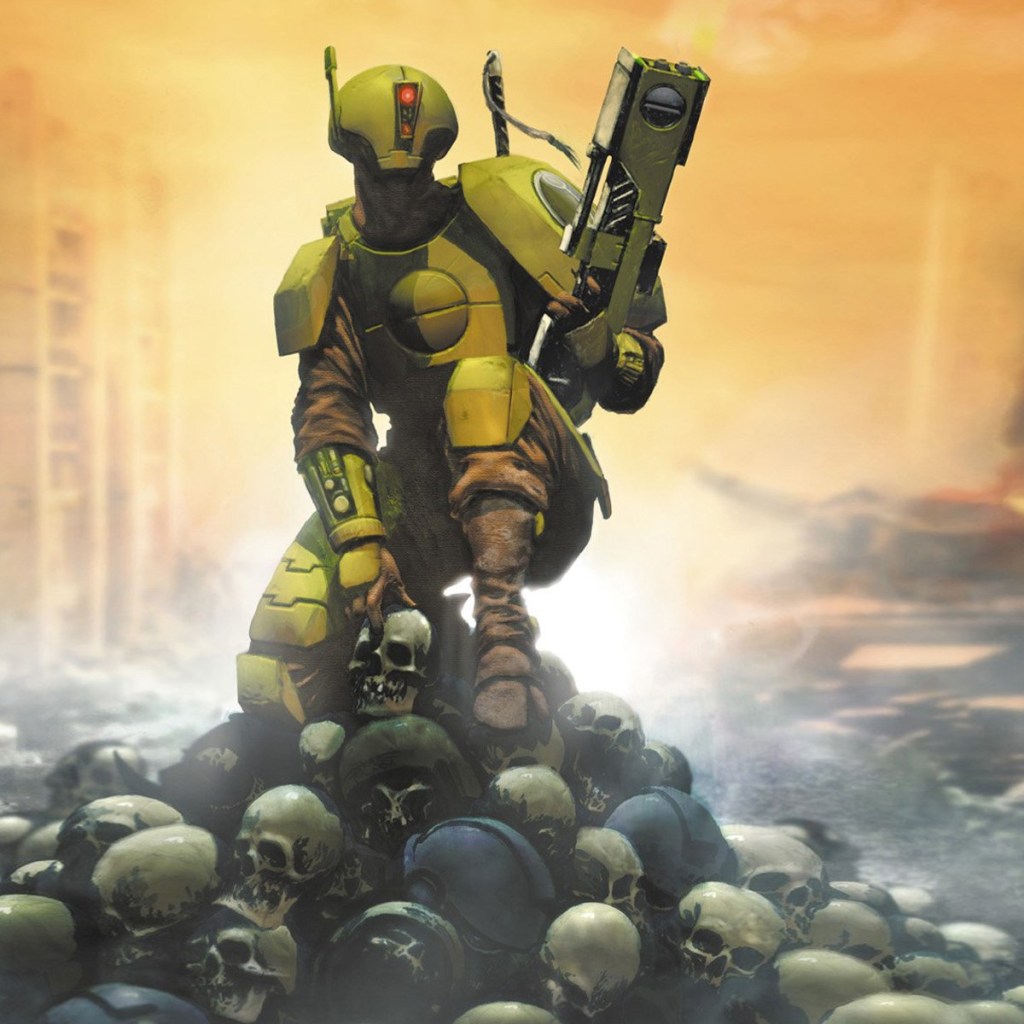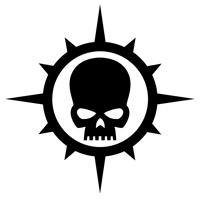Fire Warrior represents an intriguing chapter in the Warhammer 40,000 video game adaptations. Developed by Kuju Entertainment and released by THQ, this 2003 title took a novel approach by centering on the T’au Empire—a relatively younger race within the 40k canon and an unusual choice for the franchise’s first major foray into the first-person shooter genre.
Game Concept and Setting
The decision to focus on a T’au protagonist, Kais, was a bold deviation from the typical Imperium-centric narratives prevalent in Warhammer 40,000 lore. This choice offers a fresh perspective, but also invites scrutiny on how well the T’au ethos and technology are integrated into a genre dominated by fast-paced, often brutal combat. Kais’ journey through the 24-hour campaign sheds light on the broader universe’s dynamics and the role of the T’au within it, providing players not just gameplay but a slice of lore that feels both exploratory and integrative.

Gameplay Mechanics
Fire Warrior sticks to the conventional FPS template of the early 2000s, with linear levels, a variety of weapons (both T’au and captured Imperial gear), and an array of enemies from the Warhammer 40,000 roster. The gameplay is straightforward, with the primary challenge coming from navigating through swarms of enemies and managing ammunition. However, the game’s adherence to standard FPS mechanics without significant innovation or adaptation to fit the T’au’s unique combat style is a missed opportunity. The T’au are known for their advanced technology and preference for ranged engagements, a characteristic that could have been more deeply explored through gameplay dynamics such as tactical positioning or squad-based maneuvers.
Graphics and Audio
Graphically, Fire Warrior was adequate for its time but did not push any boundaries. The environments are generally well-constructed, with a decent level of detail that reflects the grim darkness of the 40k universe. However, the character models and animations feel somewhat dated, even for the era. The audio design fares better, with weapon sounds and voice acting that fit well within the established Warhammer 40,000 soundscape. The use of authentic 40k jargon and voice performances, especially for the T’au characters, adds a layer of immersion that fans of the universe will appreciate.
Story and Integration into the Warhammer 40,000 Lore
The narrative structure of Fire Warrior is one of its stronger points. By focusing on a single, critical day in Kais’ life, the game manages to convey a sense of urgency and importance. The plot intersects with various factions and characters known to the fans, weaving Kais’ actions into larger, ongoing conflicts within the Warhammer 40,000 universe. This interconnection showcases the game’s respect for the source material and enriches the player’s experience by highlighting the implications of Kais’ mission on broader interstellar politics.

Reception and Legacy
Upon its release, Fire Warrior received mixed reviews. Fans appreciated the unique perspective and the chance to explore the Warhammer 40,000 universe from the T’au viewpoint, a refreshingly different angle compared to the more common Imperial narratives. Critically, however, the game was panned for its repetitive gameplay and lackluster innovation. Over time, it has come to be viewed by many in the community as a cult classic—flawed, yet beloved for its bold choices and authentic portrayal of a beloved universe.
Fire Warrior is a fascinating study in how Warhammer 40,000 can be adapted into different gaming genres. While not a standout in terms of FPS mechanics, it remains a significant title for its daring narrative choice and its effort to delve into less-explored corners of the 40k lore. For enthusiasts deeply familiar with the universe, Fire Warrior offers a nostalgic return and a different lens through which to view the ongoing galactic saga. For its ambition and genuine effort to respect its source material, it holds a special place in the history of Warhammer 40,000 video games, despite its shortcomings in gameplay.




